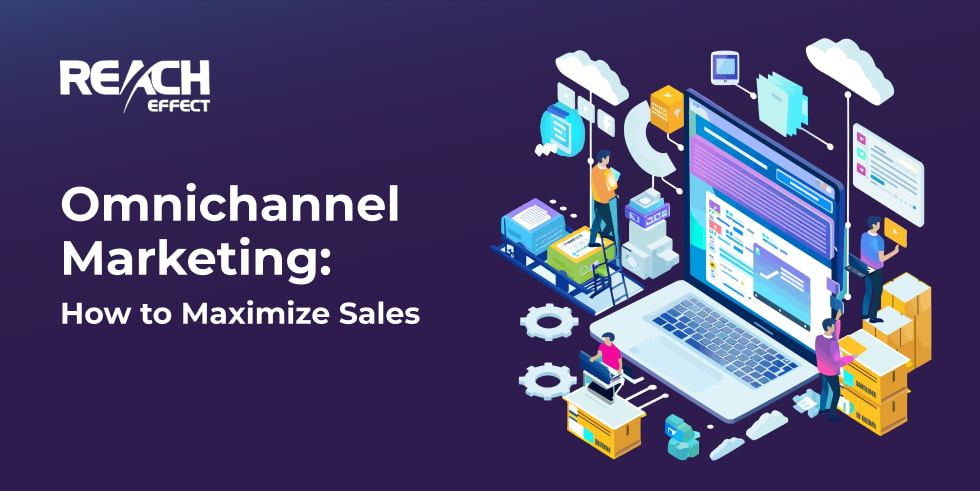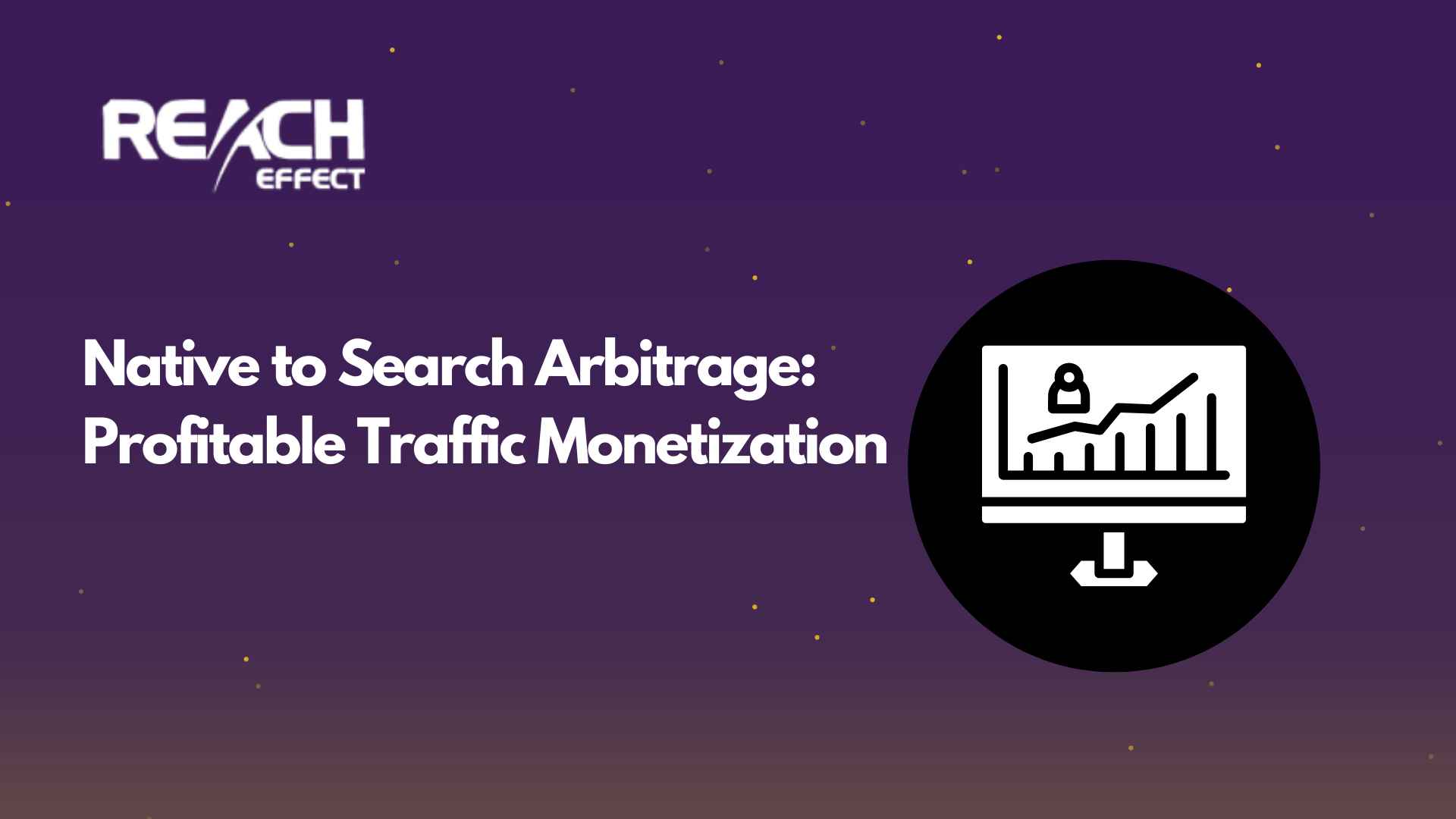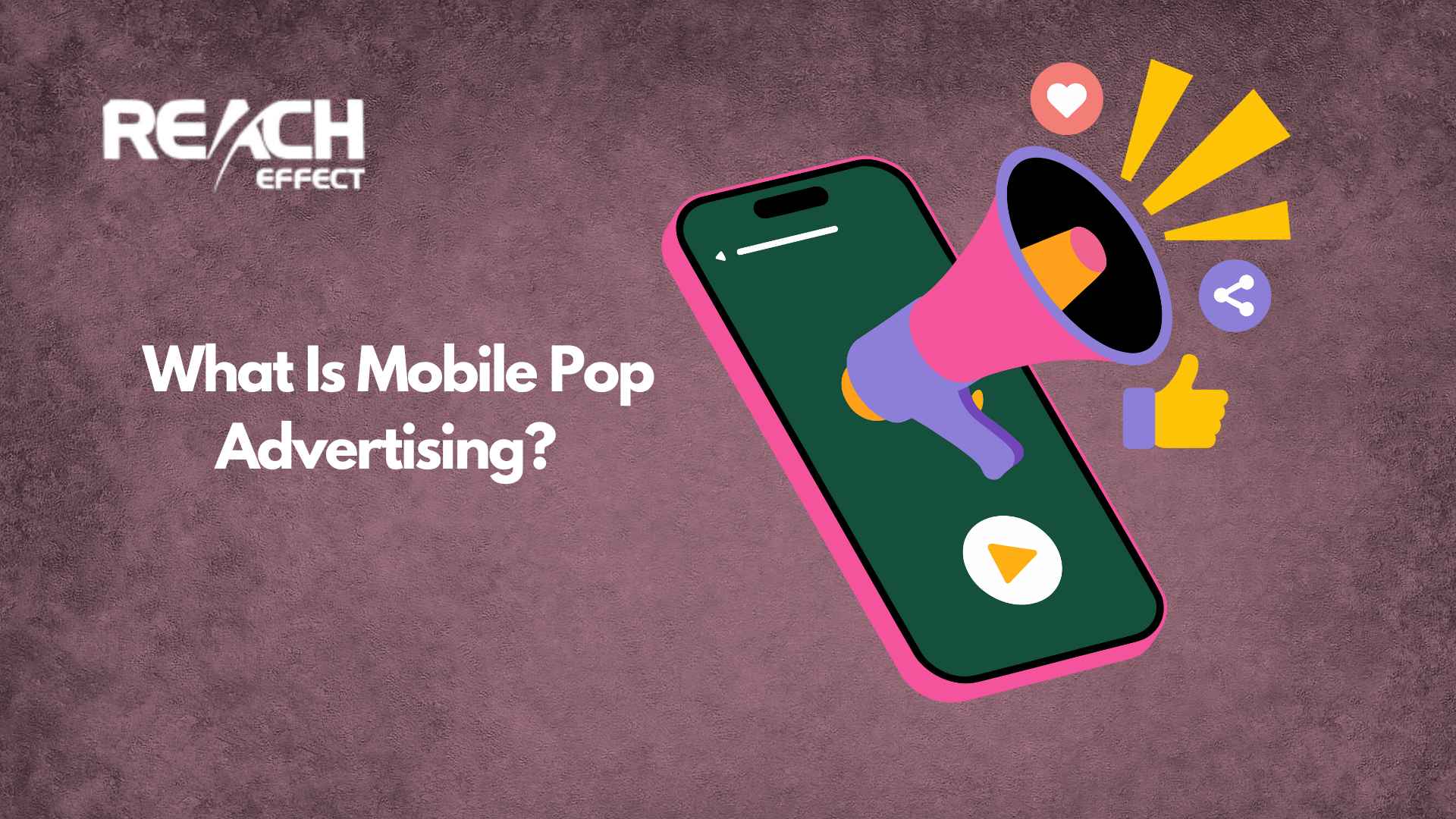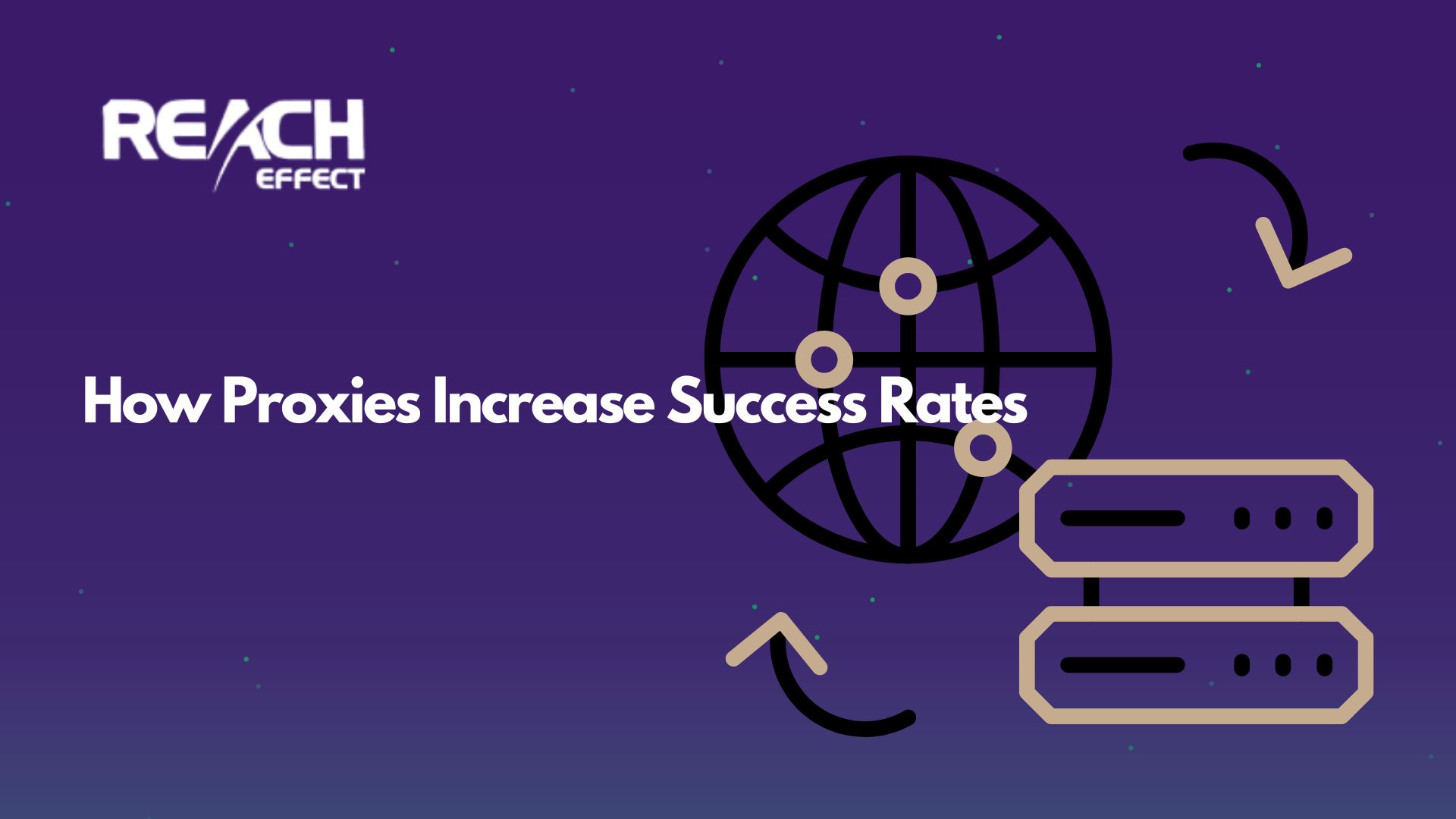Are you wondering about increasing your sales? Then you should absolutely study more about omnichannel marketing. It’s the secret component that will improve your sales dramatically. Imagine a client strolling through your website, switching to your app, and finally purchasing in your store. It looks like a dream. But that’s the magic of an omnichannel approach.
Omnichannel marketing strategy holds the key to unlocking your company’s potential. Imagine knowing your audience inside out, delivering personalized experiences that keep them hooked. Sounds good, right? But it doesn’t stop there. With seamless integration across channels, from online to in-store, you can create a unified brand encounter that sets you apart from the competition.
And let’s not forget about data. Using data-driven observations, you can enhance your advertising approaches. Thus, you can achieve peak outcomes. Consistent communication serves as the glue, strengthening your brand’s identity. Ready to skyrocket your sales through all-channel marketing? Let’s jump in and bring it to fruition!
What is Omnichannel Marketing?
Omnichannel marketing is the super ability to sell stuff smartly. It is about being everywhere your customers are. It’s not just online or in-store – it’s both and more. It includes websites, social networks, emails, mobile apps, and physical outlets.
Imagine your client starts on your webpage, sees your social media ad, receives an email with customized offers, and finally visits your store to buy something they liked. That’s omnichannel marketing in action. It gives your customers a smooth ride, regardless of where they are. You see it here, you see it there – it’s everywhere! It’s all about flawless integration and consistency across every channel.
And it’s not just about selling stuff. It’s about making customers feel special. Personalized offers tailored just for them. That’s omnichannel advertising at its core. It’s the tomorrow of purchasing, and it’s here for good.
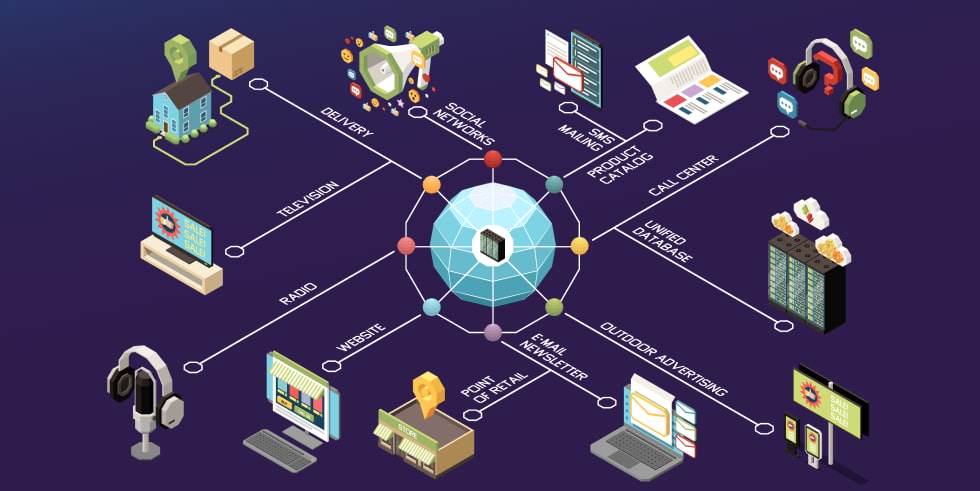
The Benefits of an Omnichannel Approach
Embracing an omnichannel approach offers many advantages. It’s a win-win situation, from heightened customer allegiance to higher conversion rates. Increasing sales is just the beginning. Meeting the clients at their various touchpoints enriches the complete consumer experience. So, what are the benefits of an all-channel strategy?
Improved Customer Loyalty
In the world of omnichannel marketing, loyalty blooms. Customers stick around because they feel understood and valued. Personalized experiences keep them coming back for more, building lasting relationships.
Higher Conversion Rates
Tailored offers and smooth transitions make buying irresistible. Customers find what they need effortlessly, turning browsing into buying.
Increased Sales
Businesses connect with clients everywhere, expanding revenue streams. Seamless integration across channels unlocks new avenues for growth.
Enhanced Customer Experience
Omnichannel mastery transforms the customer journey. Every interaction is a joy, from exploration to acquisition. Smooth transitions and constant messaging ensure the journey is memorable.
Crafting Your Omnichannel Marketing Strategy

Creating your multi-channel advertising plan is easier than you might think. By comprehending the methods clearly, you can take your promotional efforts to the next level. Here’s a step-by-step guide to get you started:
- Capture your audience. Examine thoroughly the data regarding your clientele. It will aid in grasping their likes, behaviors, and purchasing patterns.
- Identify Your Prime Platforms. Pinpoint the channels where your audience hangs out most. Be it social media, email, or brick-and-mortar stores.
- Create Consistent Messaging. Develop a message that sings in harmony with your brand’s soul. Let it resonate wherever your audience roams.
- Customize the Experience. Tailor your marketing like a bespoke suit, catering to customer’s unique tastes and travels. Serve up tailored recommendations and exclusive offers.
- Weave a Seamless Web. Ensure all touchpoints flow together effortlessly. Streamline the transitions for clients as they move between online and offline spaces.
- Use the Power of Data. Delve into the statistics, revealing findings to refine your all-encompassing performance. Let data lead the way.
Conclusion
Gone are the days when an all-channel strategy was just a fancy option. Now, it’s the very pulse of thriving businesses. At Reacheffect, we understand the importance of choosing the right ad network. Our world-leading web and mobile advertising platform connects advertisers with distribution. It provides monetization solutions for publishers. With Reacheffect, maximizing sales through omnichannel marketing has never been easier!
[insert-buttons] [/insert-buttons]

